14. Tetsuo (Shinya Tsukamoto, 1989, Japan)
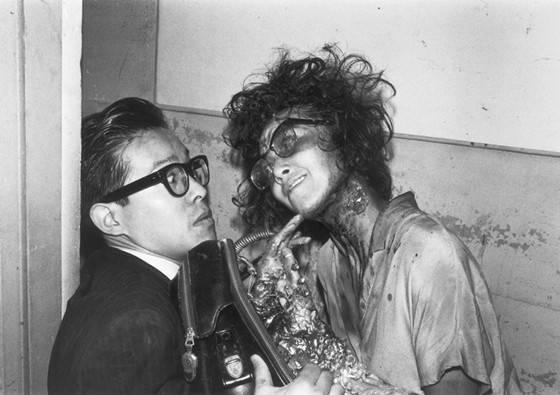
A car accident victim sticks a metallic tube in his thigh, an impulse after which his body is taken over by a metal. Something similar also occurs with the accident’s perpetrator and the action begins. Women raping with metallic phalli, sex with penises in the form of electric drills resulting in murder, hunting in dark corridors, bodily fluids, and a final confrontation between two beings that are more machines than humans are only a few of the grotesque spectacles in “Tetsuo”.
Shinya Tsukamoto used a 16mm camera and shot a black and white film that looks like a nightmarish video clip, an outcome intensified by the extreme noise music and the restless movement of the camera. The message concerning technophobia and the loss of humanity for the sake of technology is evident. However, even more apparent is the fact that the director aimed to shock through extreme violence, a purpose he completely fulfilled.
“Tetsuo” is clearly a low budget film; nevertheless, it established Tsukamoto as an international cult filmmaker and resulted in two sequels.
13. The Eternal Evil Of Asia (Man Kei Chin, 1995, Hong Kong)
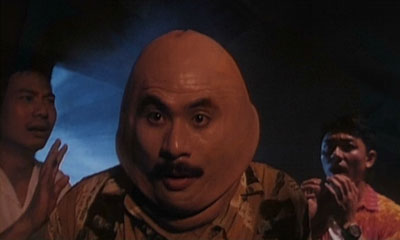
A group of four men headed by Bon and Kong travel to Thailand to indulge themselves in sexual tourism, with the sole exception of Bon, who is engaged to Kong’s sister May. While there, they run into a battle among wizards and end up helping one of them, named Laimi, who invites them to stay in his house. While there, however, a tragic sex incident occurs that concludes with Laimi’s sister dying. The magician swears revenge and pursues them to Hong Kong.
Man Kei Chin directs a film that is a nonstop succession of sex, violent action, preposterous humor and special effects, since it lacks any kind of coherence or logic. The sole advantage of his work lies with the atmosphere, which, particularly in the Hong Kong scenes, is quite eerie.
With scenes like the one where Kong’s head transforms into a huge penis, and the plethora of sex scenes that occur in the air, this film is trash cinema at its best.
12. Ebola Syndrome (Herman Yau, 1996, Hong Kong)
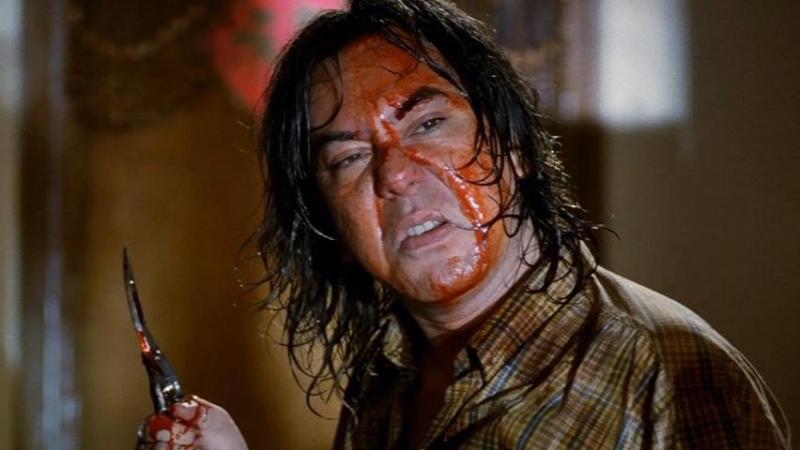
Probably one of the most offensive entries on the list, “Ebola Syndrome” revolves around Kai San, a fugitive who ends up in Johannesburg after killing his boss and his wife. While there, he finds work in a restaurant. The actual plot initiates when his boss travels with him to an Ebola-infected village to buy pork meat. While there, Kai rapes and kills a local woman and contracts the disease.
However, he appears to be immune to it and soon after, he embarks on a killing spree that begins with raping, killing and dismembering his boss and his wife, and serving them as hamburgers to customers, passing the virus onto them.
Herman Yau directs a film so despicable that it eventually becomes funny, although in a highly unconventional fashion. The racist notions, the constant brutality, and the graphic depictions of hideous actions dominate most of the movie, while the main character is one of the most preposterously evil ever depicted on screen.
However, behind all the extremity hides a surprisingly well made and paced film that excels in terms of narration, building the agony for the frenzied finale while retaining its theme for the whole of its duration. Lastly, Anthony Wong is great in the protagonist role, elaborately portraying a genuinely evil character.
11. The Isle (Kim Ki-duk, 2000, South Korea)
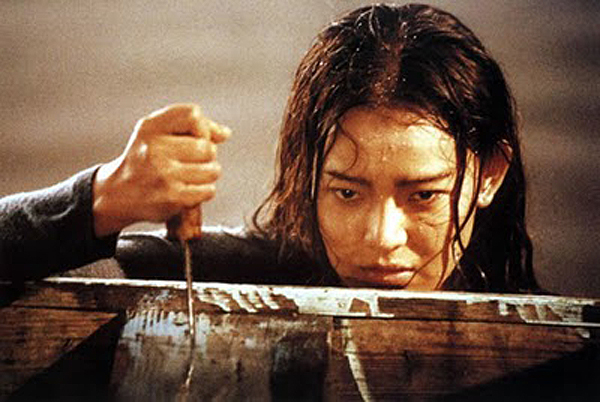
Hee Jin is a young woman who rents floating platforms to anglers in a lake. Additionally, she provides them with prostitutes if they ask and occasionally prostitutes herself. Her life is miserable, though calm, until Hyun Shik arrives, an unusual renter who seems to have issues with the police. Nevertheless, the two of them strike a peculiar love affair, tortured by egoism, fatal accidents and a ferociousness that leads to extreme measures by both of them.
Kim Ki-duk presents an ode to antithesis. The splendid scenery at the lake in contrast to the mundane life of the anglers; the wealth of the entrepreneur who finds the body in contrast to the couple’s poorness; the anger of both the protagonists in contrast to their unfathomable love; the graphic scenes of self-injury in contrast to the poetic, calm scenery.
His direction is characterized by utmost simplicity, since he has removed any kind of explanatory scenes. His protagonists’ motives are simple in that they are animalistic. They feel lust, jealousy, pain and fear and react accordingly.
The fact is that Pieta and Moebius are further gruesome altogether. However, “The Isle” incorporates the two foremost grisly scenes in Kim’s filmography, the suicide attempts with hooks. Furthermore, it entails violent scenes with animals that Kim stated were real.
At its screening at the Sundance Film Festival, a large share of the audience walked out, while at the Venice Film Festival a few even fainted.
10. Ichi the Killer (Takashi Miike, 2001, Japan)
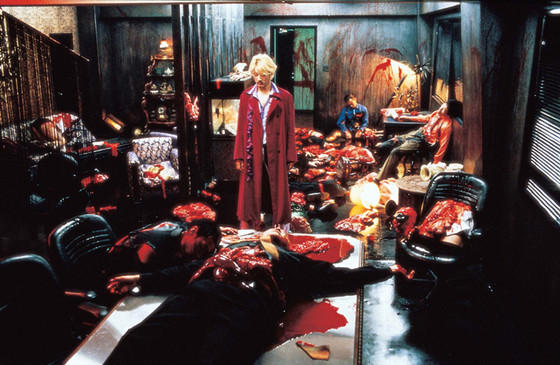
It would not be a complete list without titles from one of the masters of the extreme. Furthermore, Takashi Miike has largely based his filmography on the exploration of humans’ darkest instincts and the graphic depiction of violence resulting from them. “Ichi the Killer” is a characteristic sample.
Revolving around a psychotic, extremely brutal killer and a sadomasochistic Yakuza underboss, “Ichi the Killer” is one of the foremost violent films ever shot. Miike presents a movie where good, as a concept, is absent and every character seems to be paranoid. His aim is evident from the beginning of the movie; violence is not simply a factor, it is the sole and ultimate goal.
Additionally, a plethora of scenes that other filmmakers would not even dream of depicting are present here, including mutilations, raping women to death, even murdered children. Miike accomplished these to create a true ode to violence.
A number of censorship committees either heavily expurgated the movie or banned it completely, namely Norway, which forbids showing, distributing and even owning it.
9. Visitor Q (Takashi Miike, 2001, Japan)
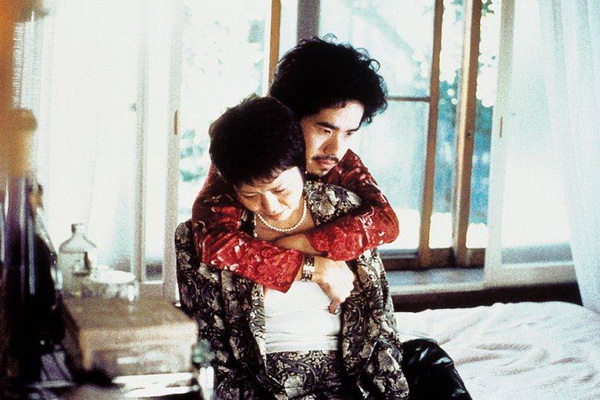
“Visitor Q” is a grotesque study of the human psyche, from a filmmaker who has transformed the rape of our aesthetics into his means of expression.
The script revolves around the Yamazakis, a family of four, all of whom are quite maladjusted individuals. Kiyoshi, the father, is a former reporter trying to shoot a documentary on violence and sex among youths. Therefore, he spends his time recording his son Takuya on camera, while his classmates bully him; he also occasionally has sex with his prostitute daughter, Miki.
Takuya, frustrated by the constant bullying, takes out his fury on his mother, Keiko, beating her over any insignificant excuse, even in front of his indifferent father. Keiko finds solace in drugs when she is not prostituting herself. Eventually, an individual unknown to them establishes himself in their house, proceeding to subsequently torture all of them.
Miike included scenes of incest, fetishism and necrophilia in a film that sometimes functions as a perverse reality show about a family whose members act hypocritically normal, despite the various issues each one faces, at least until the visitor arrives. His message about the contemporary Japanese family is clear: it is a dying institution that can only be saved by an extreme external force.
8. Suicide Club (Sion Sono, 2002, Japan)
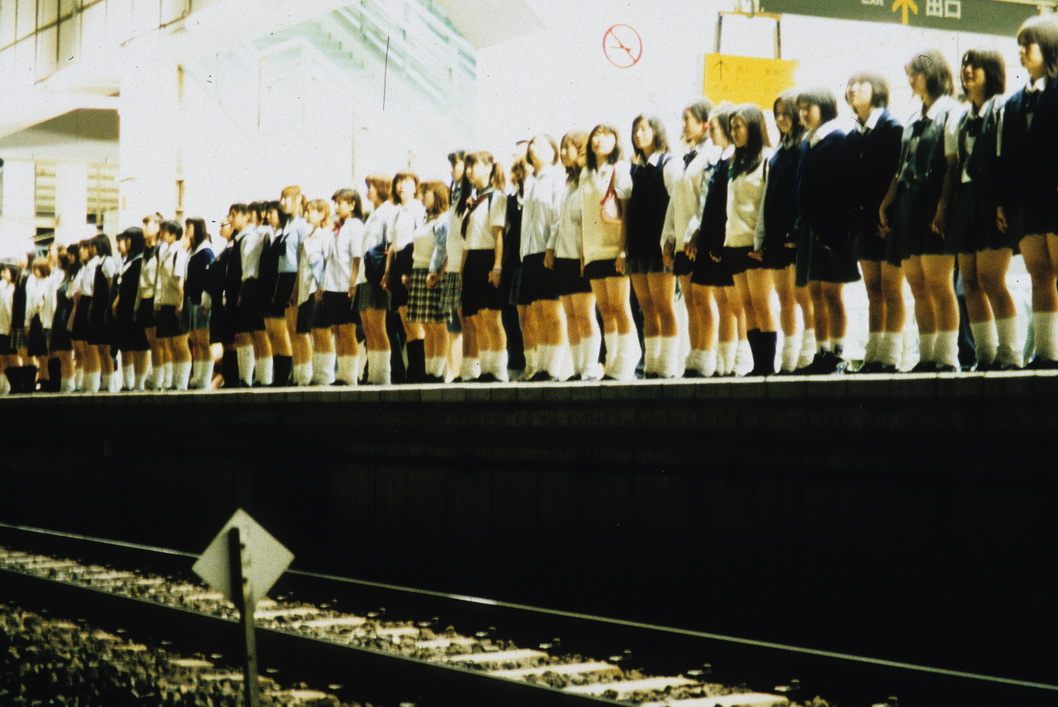
“Suicide Club” was the film that established Sion Sono as a genuine cult filmmaker, chiefly for the introductory scene and the contentious subject it entailed.
At the start of the film, 54 female students throw themselves in front of an oncoming train, in a mass suicide that ends up in a terrifying bloodbath. At the same time, all the TVs in the city continuously show the latest video clip by the ultra-successful girl band Dessart.
Soon after the incident, a suicide wave seizes the whole country, with no clear intent. The police attempt to find the underlying cause with the sole evidence of two rolls made from hundreds of connected human skin pieces. At the same time, a girl whose boyfriend has also committed suicide tries to find a logical explanation.
What we described in the prologue, about the evolution of the J-Horror genre, materializes in this movie, where Sono produces a terrifying effect without the assistance of the supernatural, simply by taking a social remark concerning the decaying modern society to its extremes.
“Suicide Club” manages to place terror in the heart of the spectator even within the simplest lines of its narrative, making films like “Ju On” seem like child’s play.